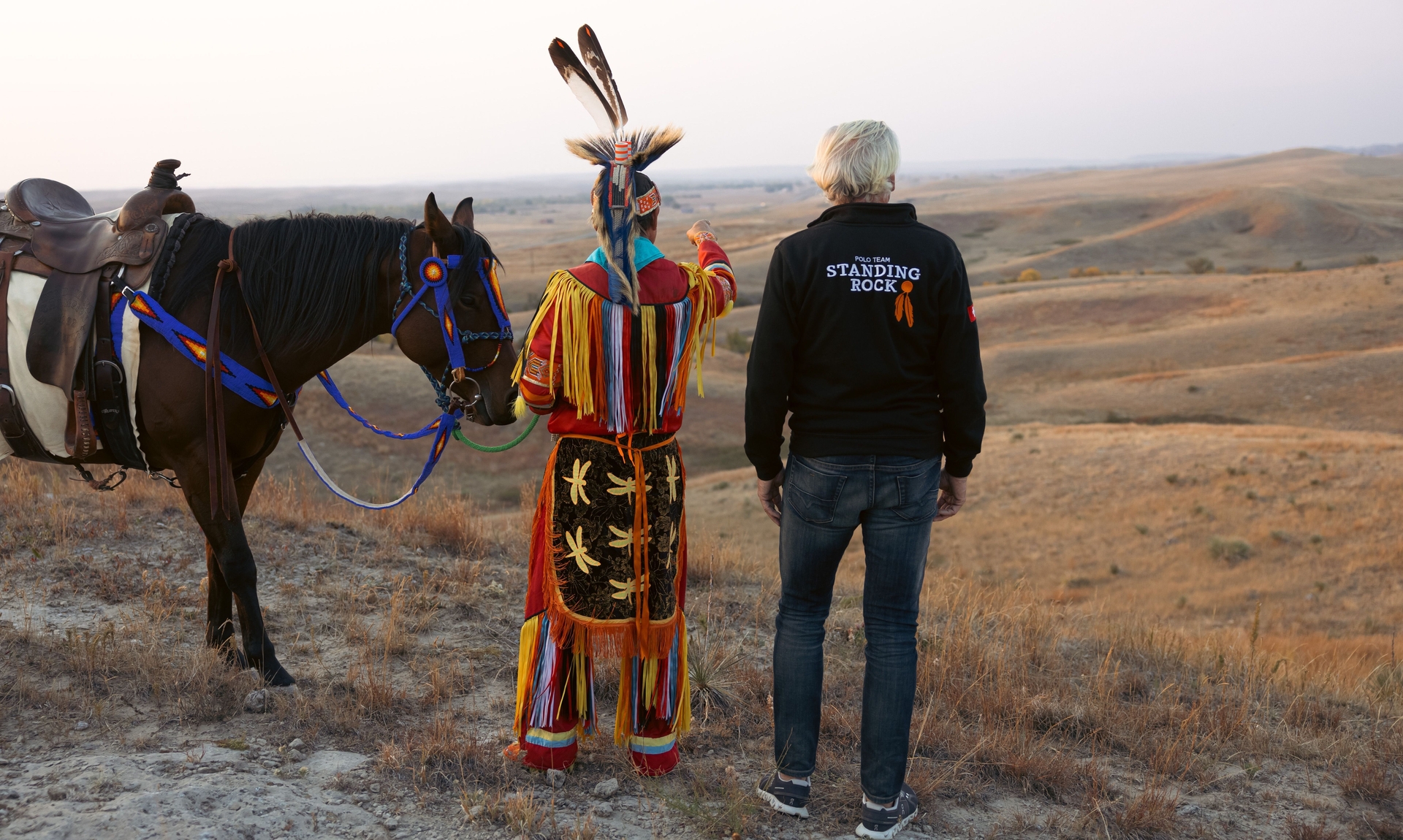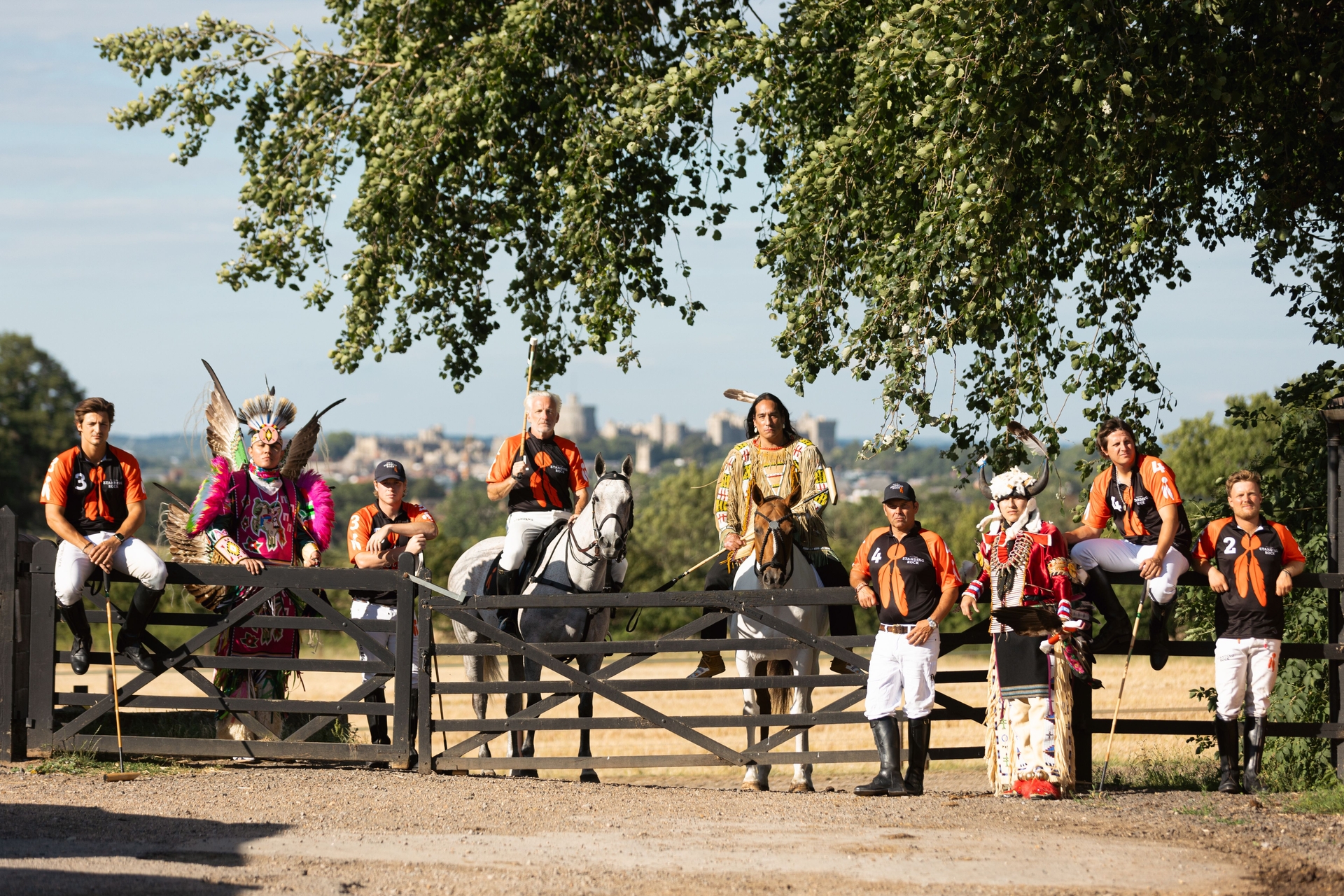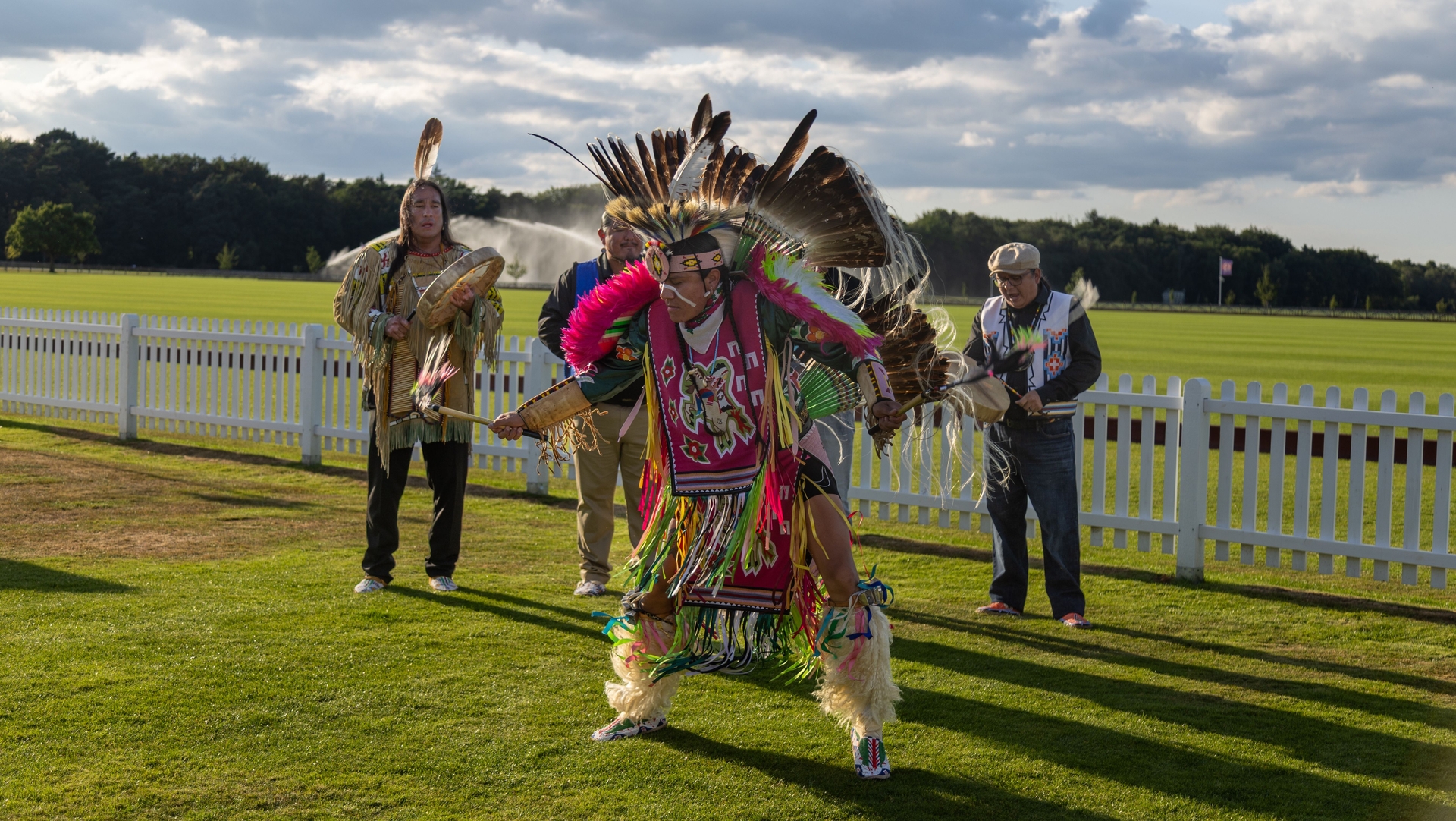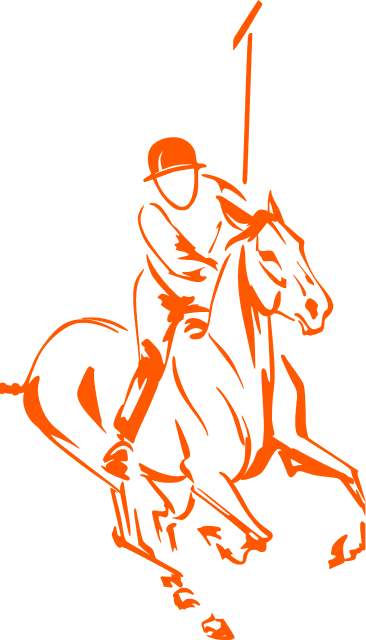Philipp Müller shares an insight into how his interest in the Native Americans began, and what he learned during a recent visit to South Dakota, seeing how they live today and why horsemanship is still ingrained in their culture.
What do you find so compelling about the Native Americans and their history and when did this interest start?
It all started with a book about buffalo, which my godfather, a famous Swiss writer, gave me for my birthday at a young age. I was immediately captivated by the Wild West and then the story, the bravery and the fate of the Native Americans.
Why was it important for you to visit the Native Americans to find out more about their way of life?
Meeting real Native Americans - descendants of these famous warriors and ancestors of those people I heard and read so much about - was simply a must for me. And clearly, the chance to meet Ernie Lapointe, the great grandson of Sitting Bull, was an unforgettable experience. It felt like ‘’touching history“, and was quite emotional.




